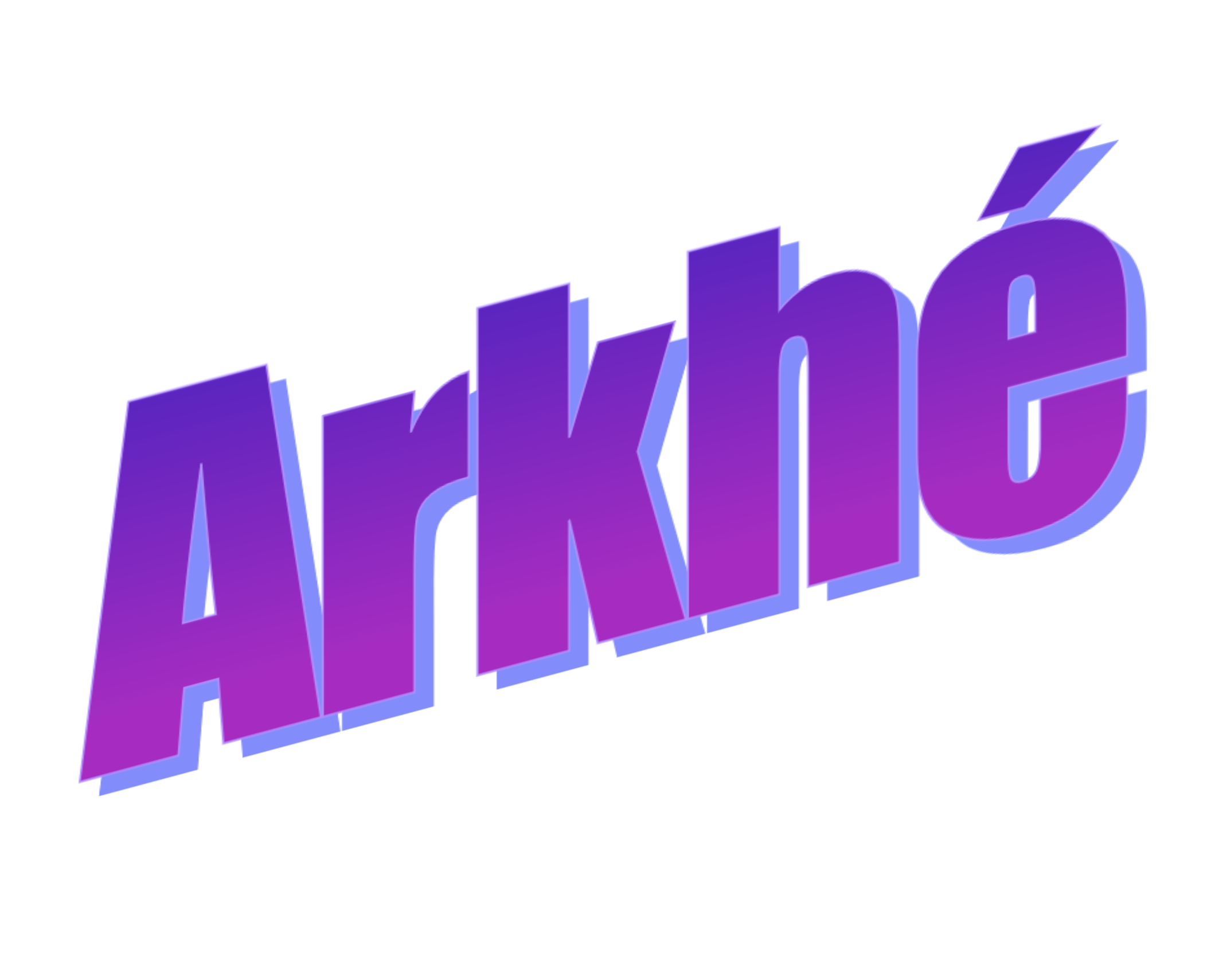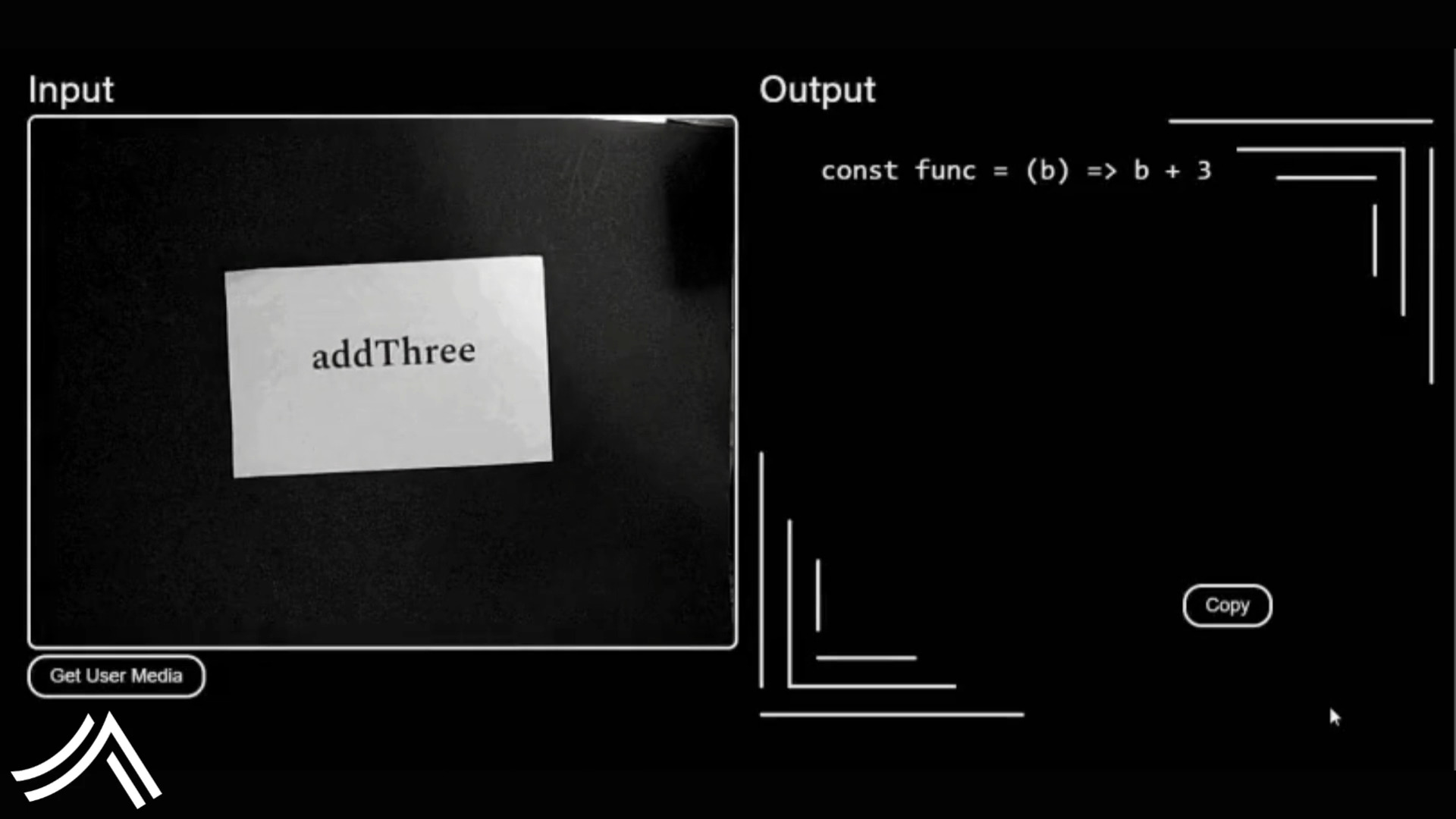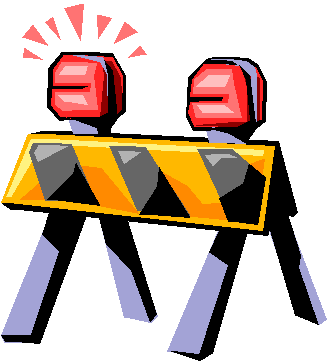
“Arkhé” means origin, beginning, or source of action; it also describes the first principle from which others are derived. Bearing this in mind, the Arkhé project aims to help people identify, understand, and interact with the fundamental, intangible relationships that exist around us. We achieve this by simplifying experiences to their base components and reframing core interactions in order to evoke complex emotions. Our projects share this universal goal despite their many different forms, ranging from educational tools to art installations.
Experience the power of artificial intelligence in Haruspex, an interactive exhibit that explores the complex relationship between technology and personal agency. Through a combination of computer vision and GPT-based AI, seekers of our AI oracle can have their fortunes read and interpreted into a variety of forms. The exhibit encourages visitors to consider the implications of rapidly-advancing technology and the power they hold over their own future.

We invite you to join us for a peaceful cup of tea in our Living Room. The installation aims to coalesce an experience of American nostalgia while manifesting a sense of growth and adaptation in the participant. Implemented using a variety of embedded sensors, computer vision, and functional programming, the goal of the ongoing Arkhé project is to experiment with tangible digital interactions and tap into atavistic knowledge construction.

The Composition Cards project is a mixed-reality tool that aims to help students perceive the underlying structure of their code and learn how to compose software from simple axioms and first principles. We use camera input to read and interpret physical index cards that are laid out end-to-end as if they were a simple programming language and “transpile” them into some other language for execution, enhancing students' understanding of function interactions.




©1992 Arkhé Project